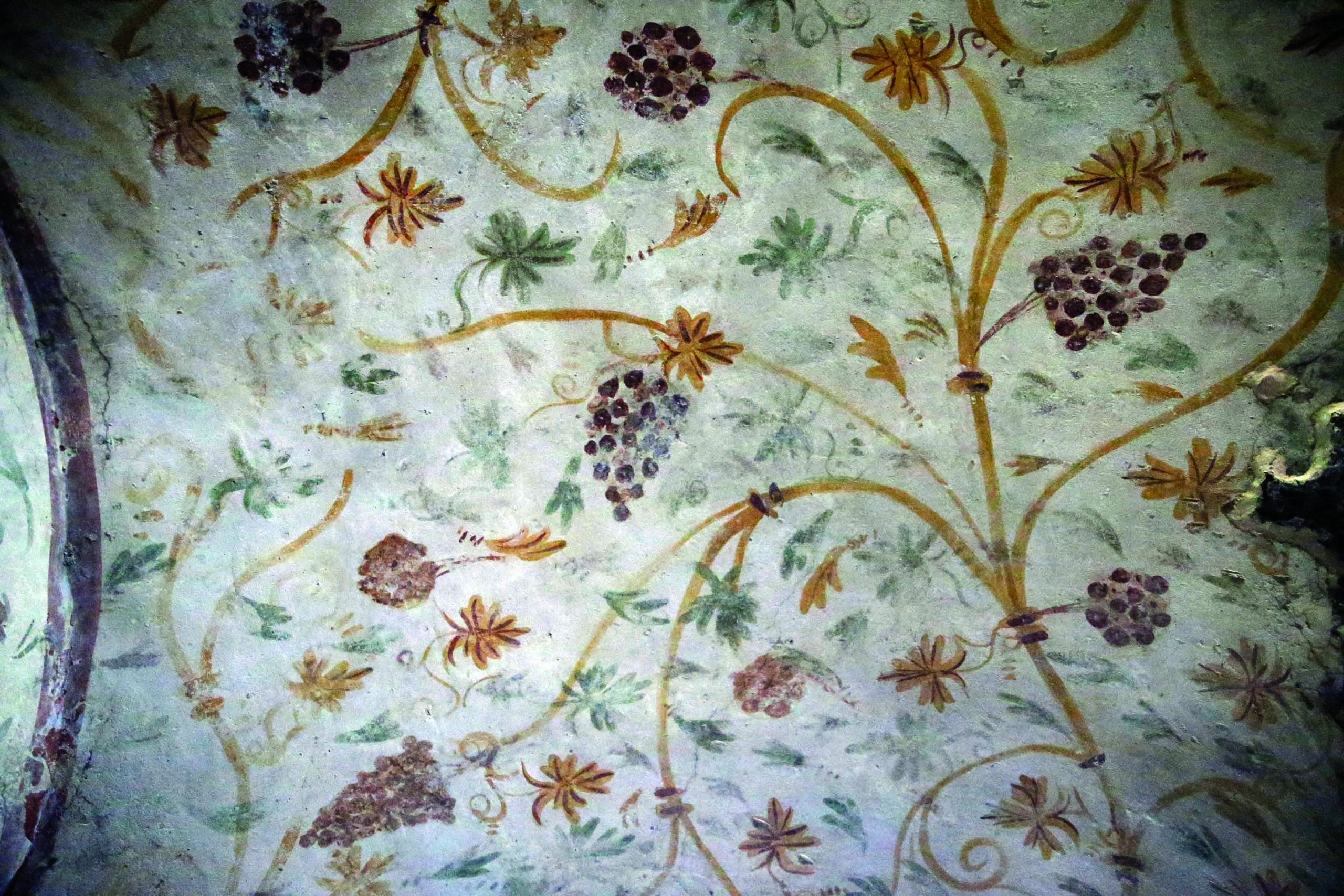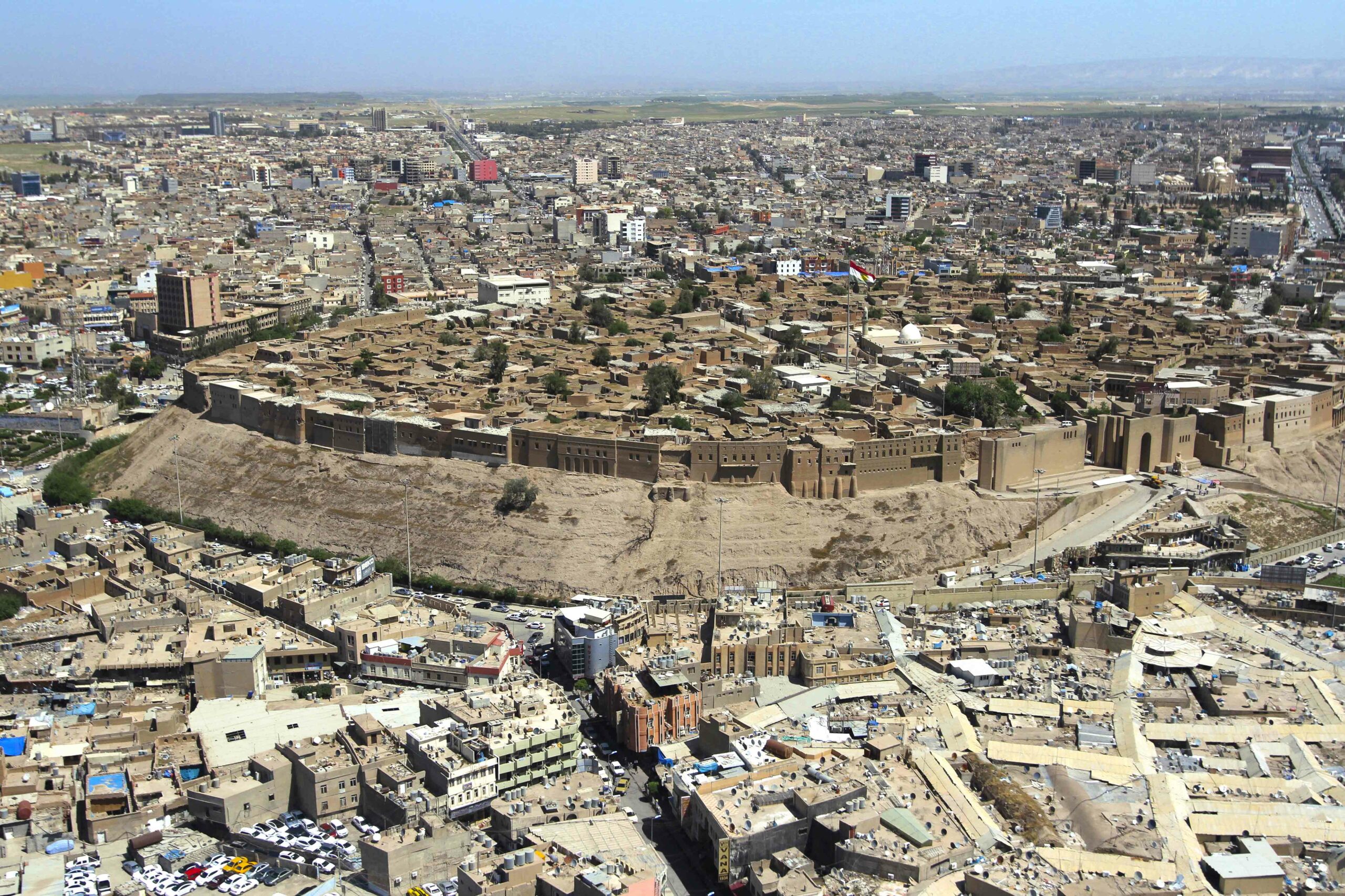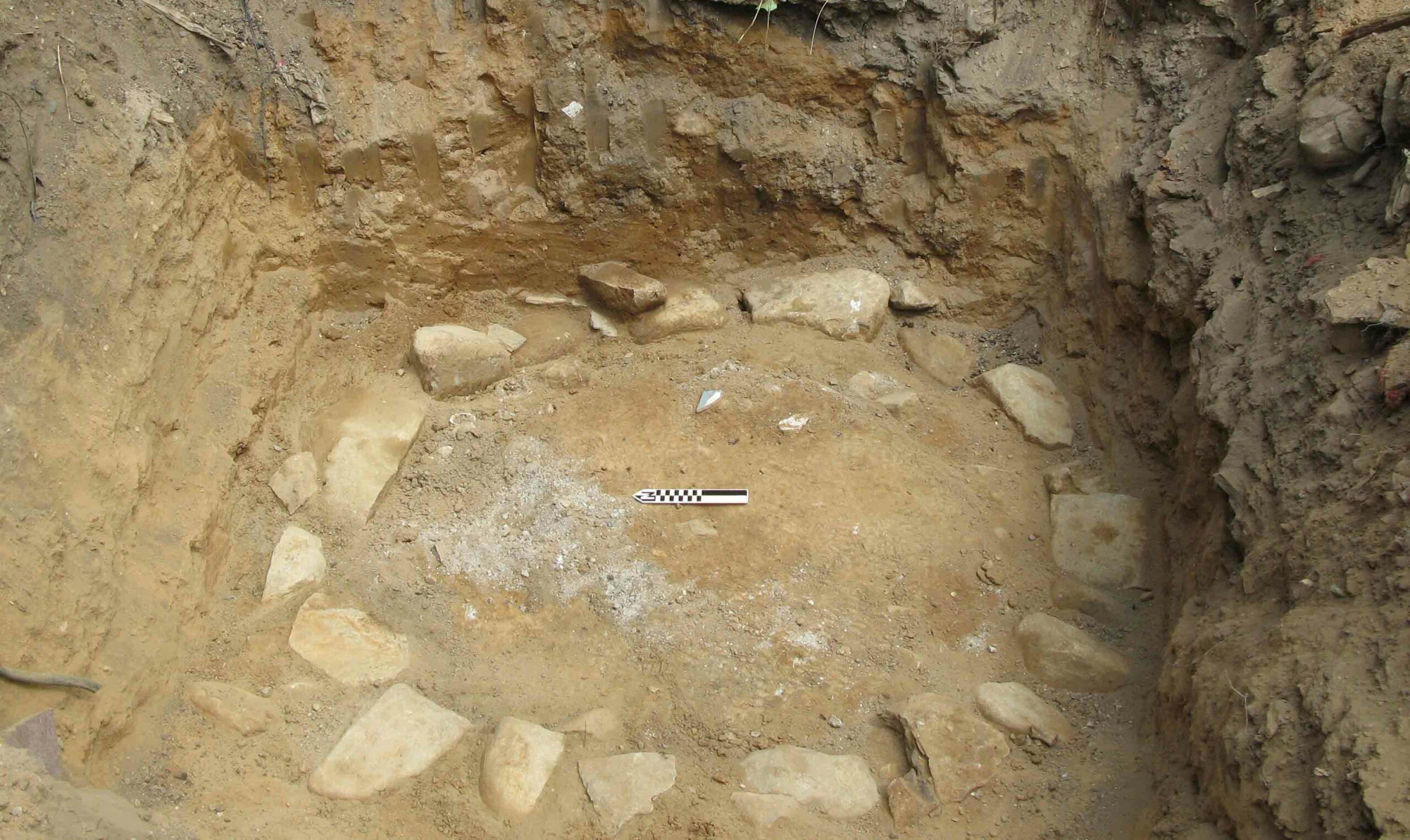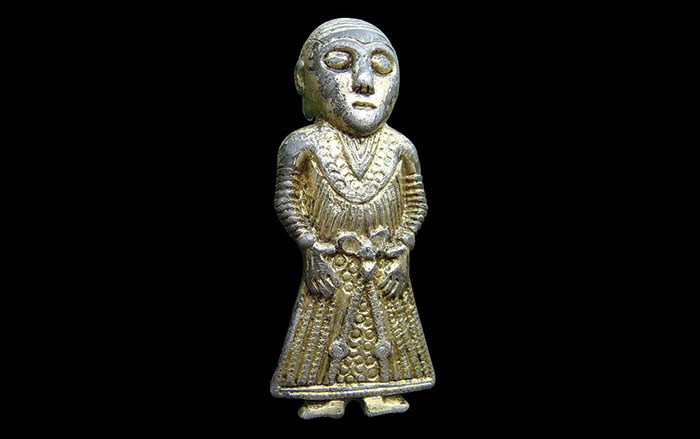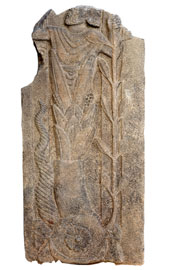
MÜNSTER, GERMANY—While excavating a medieval Christian monastery in southeastern Turkey, excavation director Engelbert Winter and archaeologist Michael Blömer of the University of Münster uncovered a Roman relief that had been repurposed as a buttress. The monastery had been built on the site of a Roman temple dedicated to Jupiter Dolichenus, a prominent god of the second century A.D. “The image is remarkably well preserved. It provides valuable insights into the beliefs of the Romans and into the continued existence of ancient Near Eastern traditions. However, extensive research is necessary before we will be able to accurately identify the deity,” Blömer told Science Daily. The image, which may date to the early first millennium B.C., had been carved on a basalt stele and shows the deity growing from a chalice of leaves. A long horn and a tree, grasped by the god, grow from the sides of the cone. To read more about the team's discoveries in Turkey, see "How to Pray to a Storm God."


